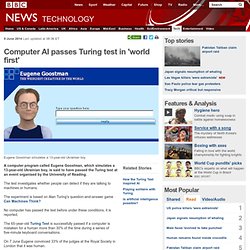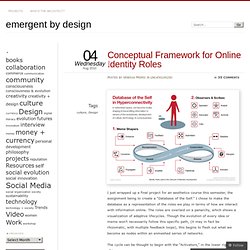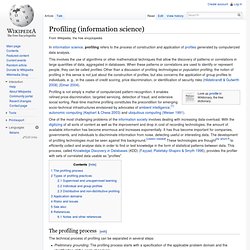

Jaime Chaire
Computer passes Turing test. 9 June 2014Last updated at 08:36 ET Eugene Goostman simulates a 13-year-old Ukrainian boy A computer program called Eugene Goostman, which simulates a 13-year-old Ukrainian boy, is said to have passed the Turing test at an event organised by the University of Reading.

The test investigates whether people can detect if they are talking to machines or humans. The experiment is based on Alan Turing's question-and-answer game Can Machines Think? No computer has passed the test before under these conditions, it is reported. The 65-year-old Turing Test is successfully passed if a computer is mistaken for a human more than 30% of the time during a series of five-minute keyboard conversations. On 7 June Eugene convinced 33% of the judges at the Royal Society in London that it was human. Man or machine? Other artificial intelligence (AI) systems also competed, including Cleverbot, Elbot and Ultra Hal. Transcripts of the conversations are currently unavailable, but may appear in a future academic paper. Dirt Poster. Dirt Poster is a Design and Graphic-Design work made by Roland Reiner Tiangco, a new graduate of a Design School, living in New York.

While handling the poster, your hands starts to get dirty, and this dirt allows you to see what’s the poster is all about. Check out also the artist’s Website. UNIVERSIDAD DA VINCI AC WebEx Enterprise Site. Conceptual Framework for Online Identity Roles. I just wrapped up a final project for an aesthetics course this semester, the assignment being to create a “Database of the Self.”

I chose to make the database as a representation of the roles we play in terms of how we interact with information online. The roles are overlaid on a panarchy, which shows a visualization of adaptive lifecycles. Though the evolution of every idea or meme won’t necessarily follow this specific path, (it may in fact be rhizomatic, with multiple feedback loops), this begins to flesh out what we become as nodes within an enmeshed series of networks. The cycle can be thought to begin with the “Activators,” in the lower right side of image. For an interactive version of the graphic, click here. I found this to be an interesting exercise when thinking about the impact and influence we have on the web, and how information travels. Thanks to @wildcat2030 for inspiration from Friendships in Hyperconnectivity mindmap and to @gavinkeech for visual design.
Like this: C.F.O.I.R. 20+ Tools to Create Your Own Infographics. A picture is worth a thousand words – based on this, infographics would carry hundreds of thousands of words, yet if you let a reader choose between a full-length 1000-word article and an infographic that needs a few scroll-downs, they’d probably prefer absorbing information straight from the infographic. What’s not to like? Colored charts and illustrations deliver connections better than tables and figures and as users spend time looking back and forth the full infographic, they stay on the site longer.
Plus, readers who like what they see are more likely to share visual guides more than articles. While not everyone can make infographics from scratch, there are tools available on the Web that will help you create your very own infographics. In this article, we’re listing more than 20 such options to help you get your messages across to your readers, visually. Read Also: The Infographic Revolution: Where Do We Go From Here? What About Me? “What About Me?” Vizualize.me Piktochart easel.ly. Profiling practices. In information science, profiling refers to the process of construction and application of profiles generated by computerized data analysis.

The technical process of profiling can be separated in several steps: Data collection, preparation and mining all belong to the phase in which the profile is under construction. However, profiling also refers to the application of profiles, meaning the usage of profiles for the identification or categorization of groups or individual persons. As can be seen in step six (application), the process is circular. EMERGENT CITIES - BuilderShips · ImagineNations. From metaphor to model...
Pearltrees videos. Future Society & Enviroment. Nature Photos Team.